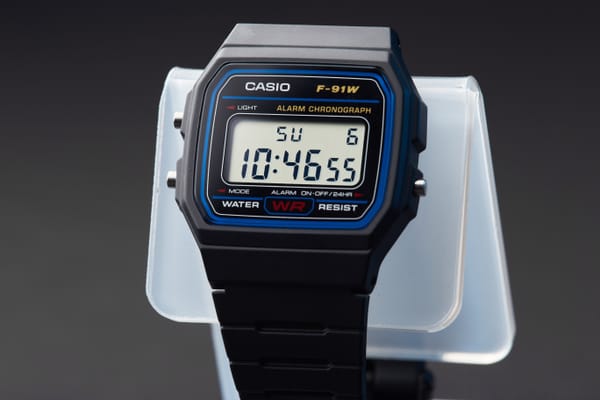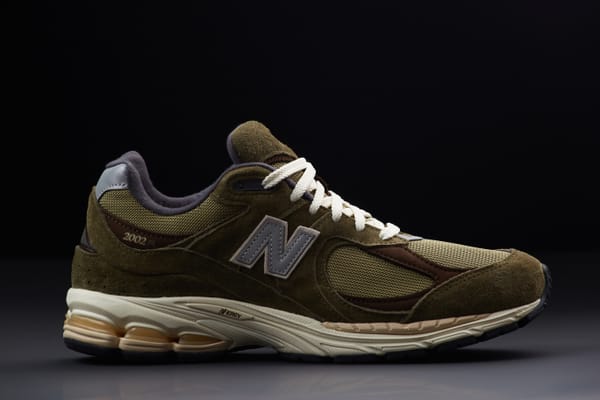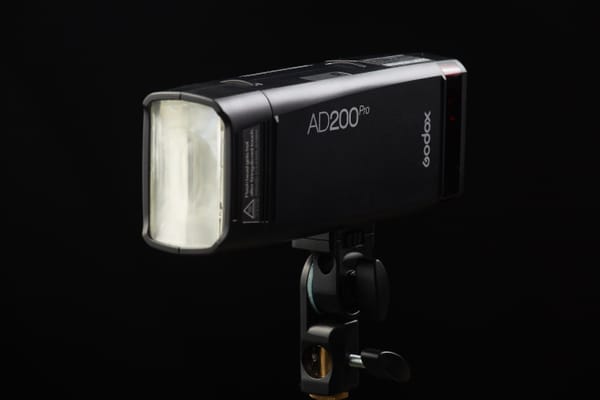Canon EF 100mm f/2.8L IS USM Macro Lens Review For Portraits
The Canon EF 100mm f/2.8L IS USM Macro improves on the original with beautiful bokeh, quick autofocus with the focus limiter enabled, and image stabilization. I’ve had the opportunity to shoot with it on a number of occasions now, and I’m happy to report that I don’t regret my choice at all.
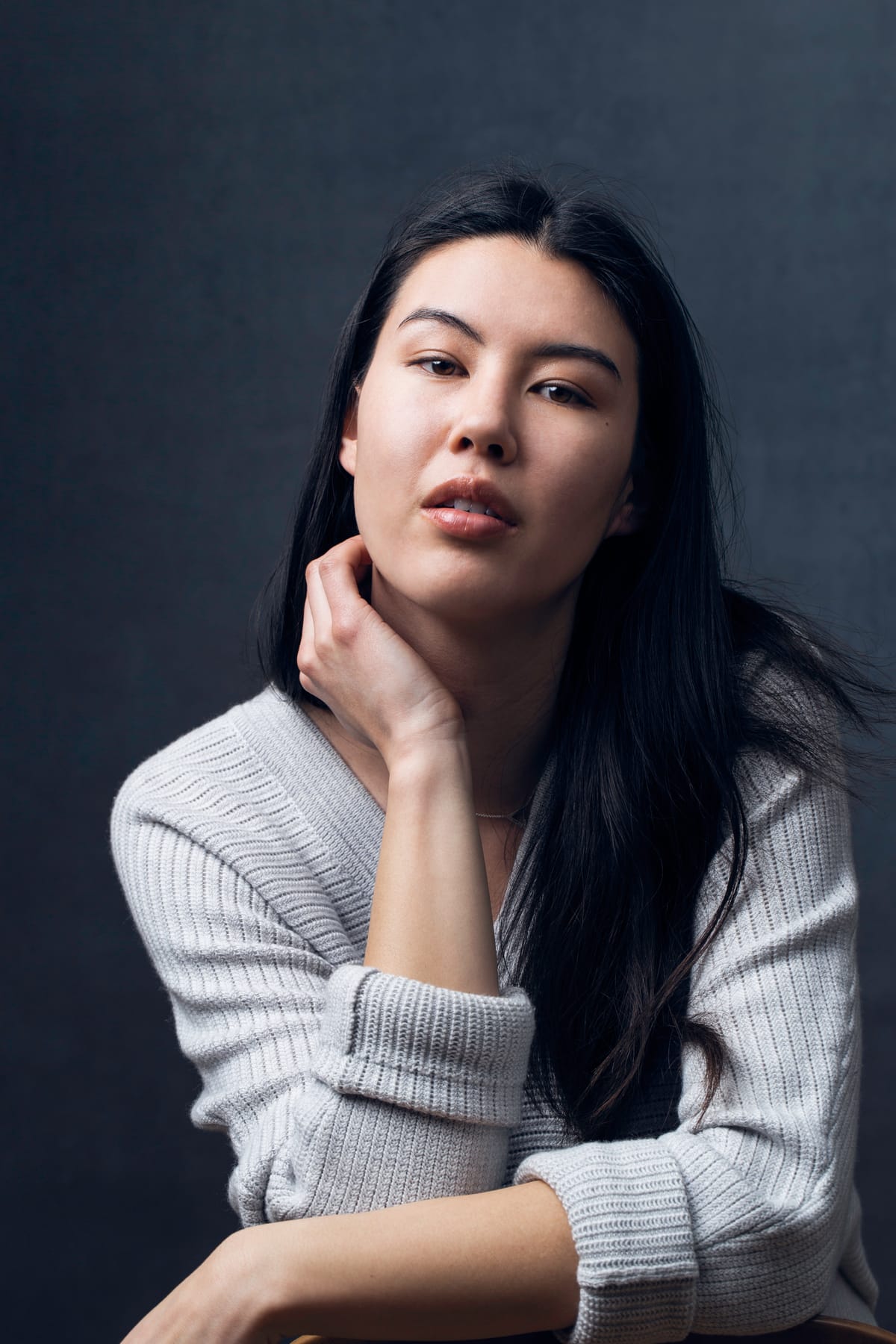
Decaf Journal is reader-supported. When you buy links through our site, we may earn an affiliate commission.
Since having my first child a couple of years ago (and another one this month), I’ve slowly been shooting more and more digital images rather than film which I’ve always loved. I just don’t have the same kind of free time that I used to, whereas before I could spend hours scanning and cleaning up film scans, now I’m increasingly drawn back to the convenience of digital photography, if only because there are only so many hours in a day.
I no longer own the legendary Mamiya RZ67 Pro ii that I shot many of my previous blog posts with, and yes I’m still kicking myself to this day for selling it. In my mind, that camera is easily the greatest camera for portrait work ever made, but I still wanted a great portrait lens for my digital body, the Canon EOS 6D.
I owned the original Canon EF 100mm 2.8 Macro USM lens for several years, starting well over a decade ago when I attended photography school in Vancouver BC. It was a great lens overall, very sharp with little to complain about on a technical level, but I found it had an uninspiring rendering in regards to the out of focus areas of an image and was extremely slow to focus. Even worse, at the time I was using the lens on an old Canon APS-C body, meaning the effective field of view was 160mm after the 1.6x crop factor. Definitely not an easy lens to use on a cropped body when photographing people.
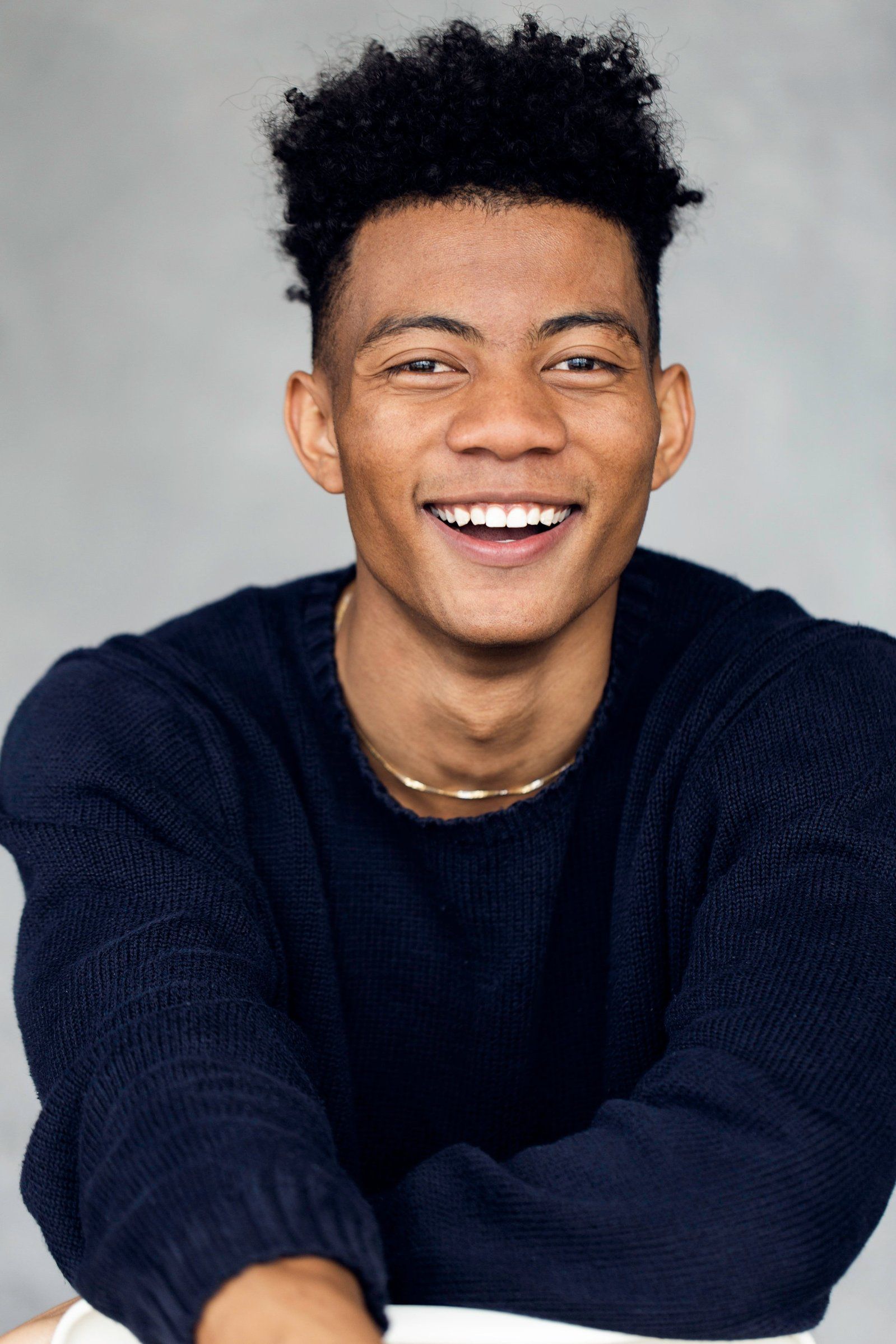
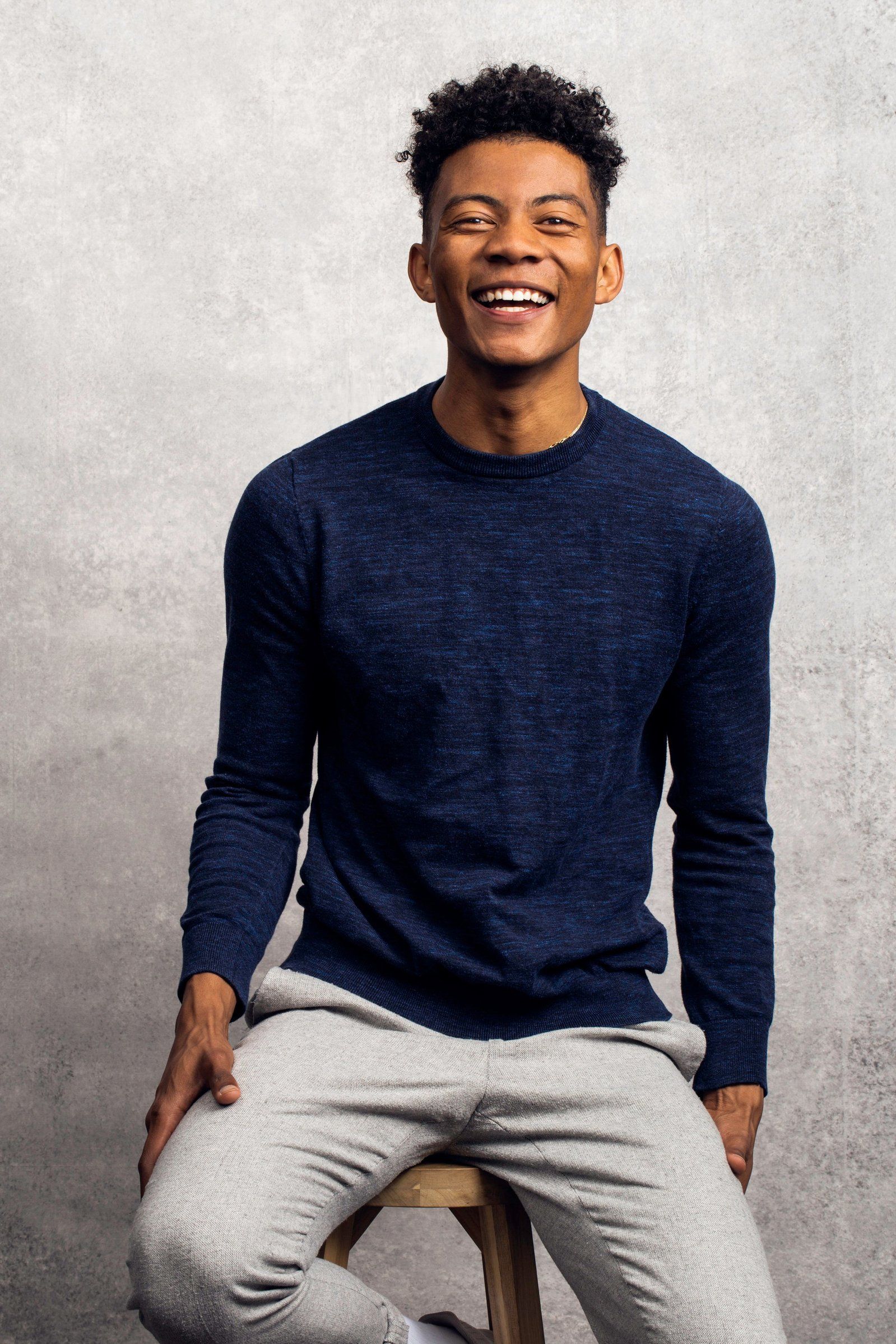
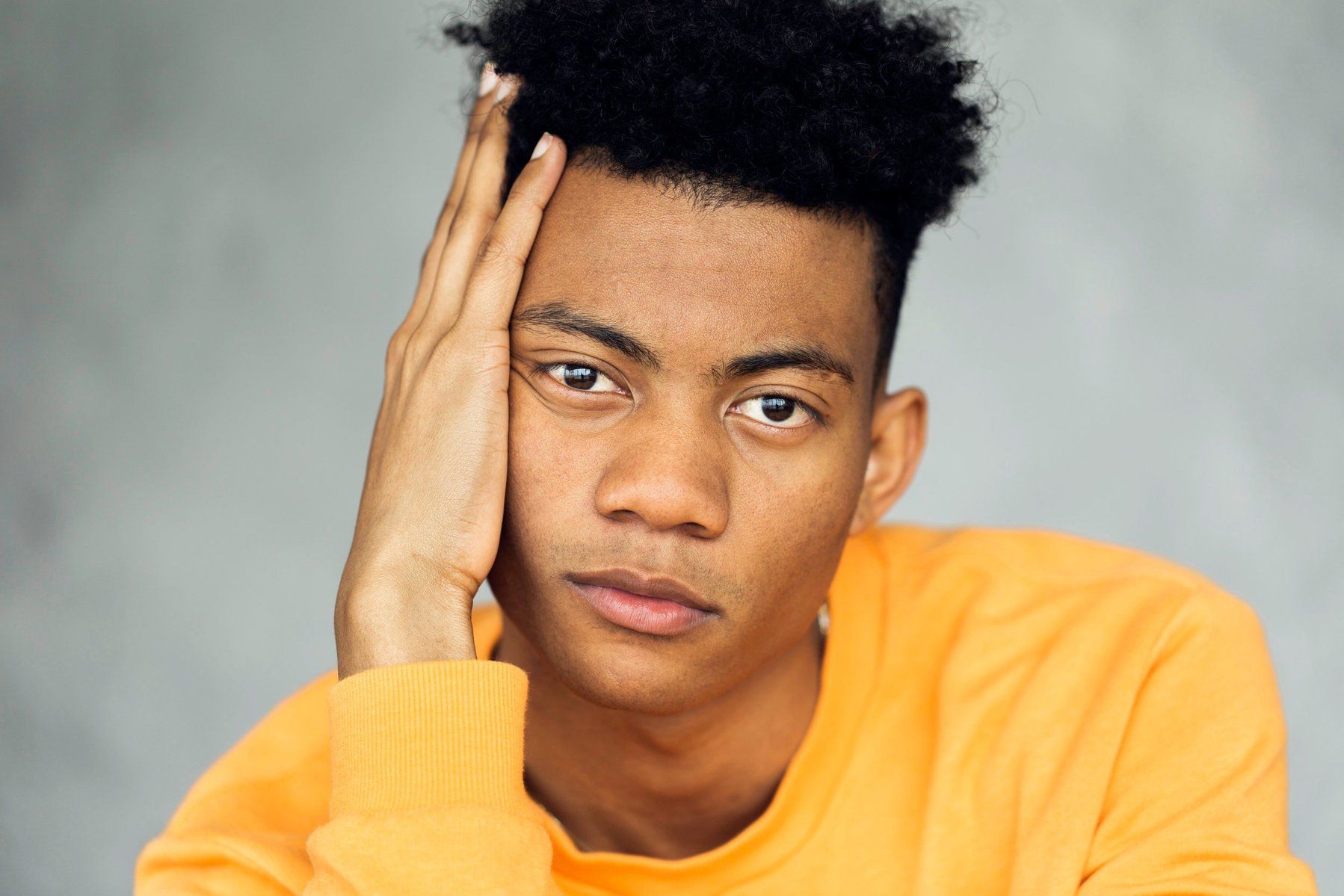
My choice for a new portrait lens was narrowed down between the Canon EF 100mm f/2.8L IS USM Macro and the newer Canon EF 85mm 1.4L IS, but all of the sample images I’ve poured over in regards to the 85mm lens didn’t impress me enough to pull the trigger. The rendering was just a bit too clinical and stale for my liking. I also considered the Zeiss Milvus 100mm F/2M ZE lens because of it’s stunning rendering which I prefer a little bit over the Canon, but the idea of manually focusing on a DSLR (or needing to use Live View for portraits) just seemed like too much of an inconvenience. I ended up getting the 100mm L, and saving myself over $1,000 CAD.
The Canon EF 100mm f/2.8L IS USM Macro improves on the original with beautiful bokeh, quick autofocus with the focus limiter enabled, and image stabilization. I’ve had the opportunity to shoot with it on a number of occasions now, and I’m happy to report that I don’t regret my choice at all. The autofocus is plenty fast enough that I can fire off several frames in a row and still have the luxury of only concentrating on the person in front of me. Having this lens on my camera body inspires confidence that I can get the job done no matter what.
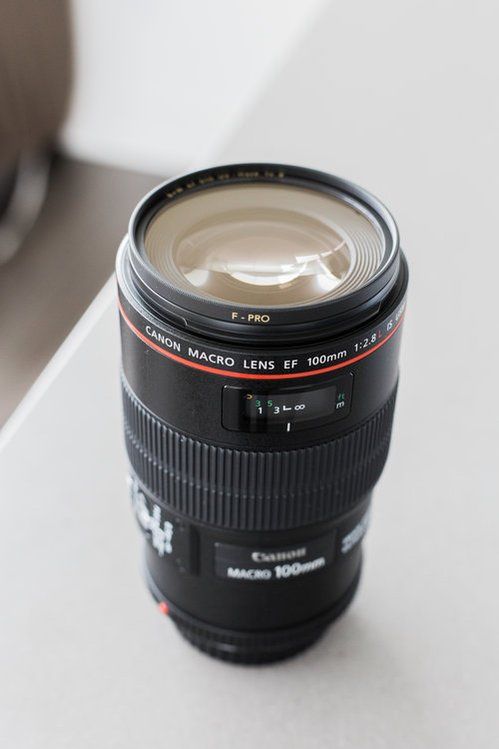
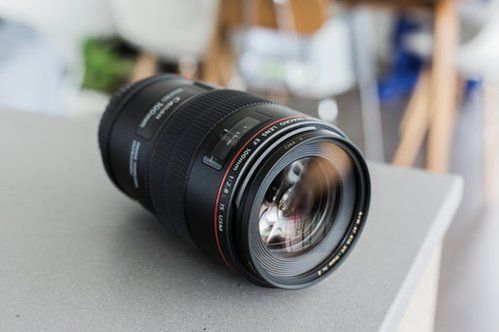
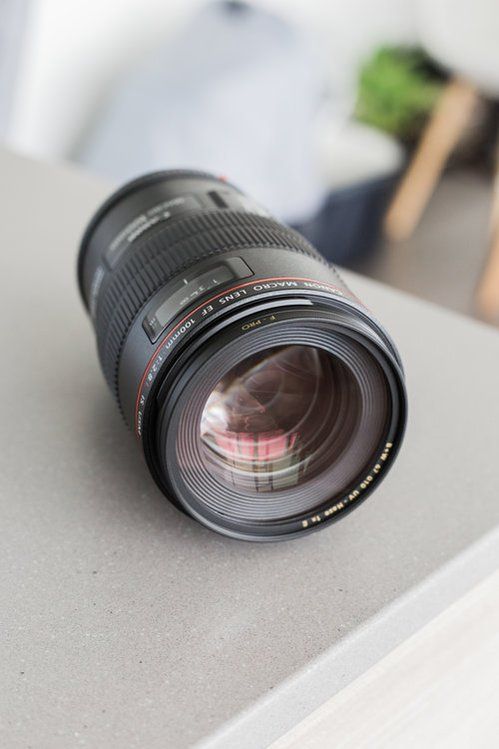
Build quality is very nice, complete with weather sealing which is a huge bonus. The lens exterior is made of a high quality plastic like other Canon L lenses, it doesn’t extend when focusing, and the focus ring is made of a nice rubber material. I used to think that lenses made from all metal would last longer, but I’ve actually noticed some Zeiss lenses show brassing around the lens mount after only a year or so, while I’ve never seen that on any of my Canon lenses. Brassing generally isn’t anything to worry about, but it doesn’t go unnoticed.
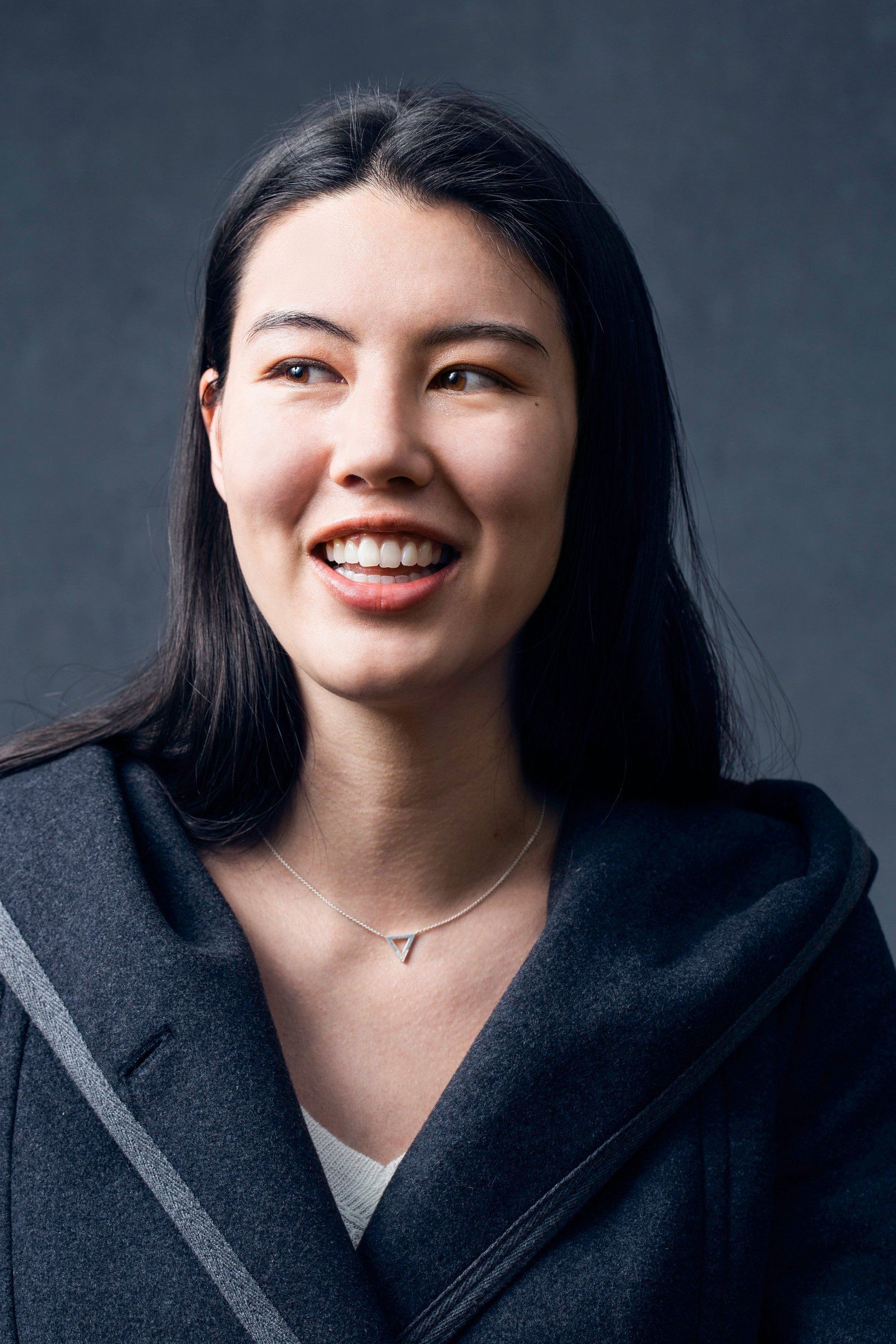
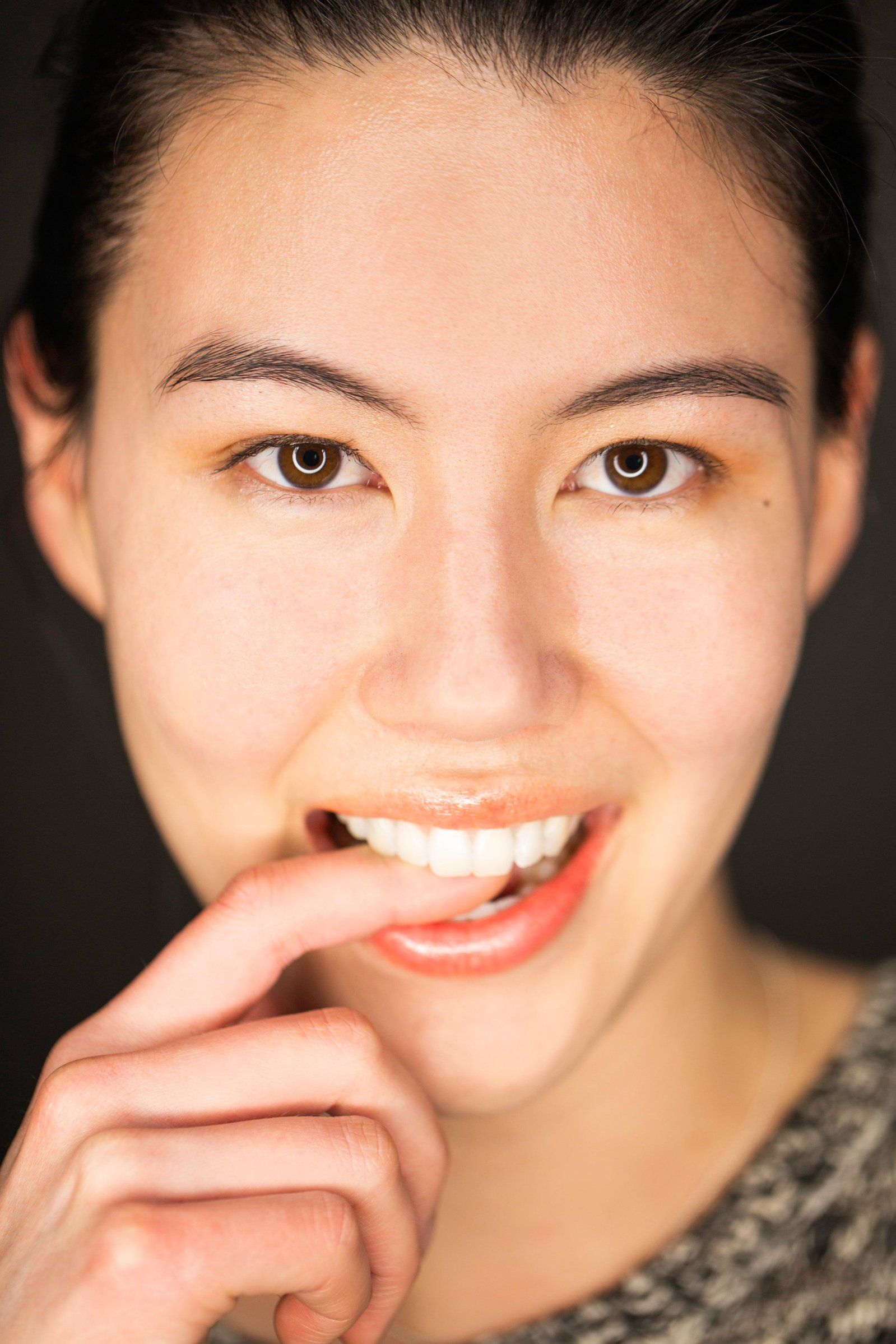
The 100mm focal length is perfect for headshots, and compresses facial features in a beautiful manner. I personally prefer the look of the 100mm over the 85mm for portraits. That said, nothing will ever beat the Mamiya RZ 140mm Macro (roughly a 63mm equivalent lens on a 35mm full frame camera).
The lens is tack sharp wide open, and I rarely miss focus despite using the somewhat archaic Canon 6D focusing system.
I’m in love with the rendering of this lens. It isn’t classically beautiful in a Zeiss 50mm Sonnar way, but it has a look that I believe is universally appealing to clients. The results just look professional.
While the lens isn’t a f1.4 lowlight beast, it’s 2.8 constant aperture along with it’s unique optical stabilization still allows this lens to be used for dimly lit events when needed. Image stabilization is also an important consideration for video shooters as well.
Nothing is perfect of course. The biggest downside I’ve experienced shooting with the 100mm L Macro for portraits is that you’ll be pretty far away from your subject if doing 3/4 length or full length portraits. For my photography, it’s pretty important for me to have an intimate rapport with my subject so having to raise my voice to talk from a distance has been a bit of a challenge. It’s definitely not a deal breaker, but I do find using an 85mm lens a bit easier due to that little extra bit of closeness you can be with your subject. Since I’m on the subject of distance, this lens also isn’t ideal for full length portraits in small spaces. You’ll need a fair amount of room in studio if you’d like to use it for anything head to toe related.
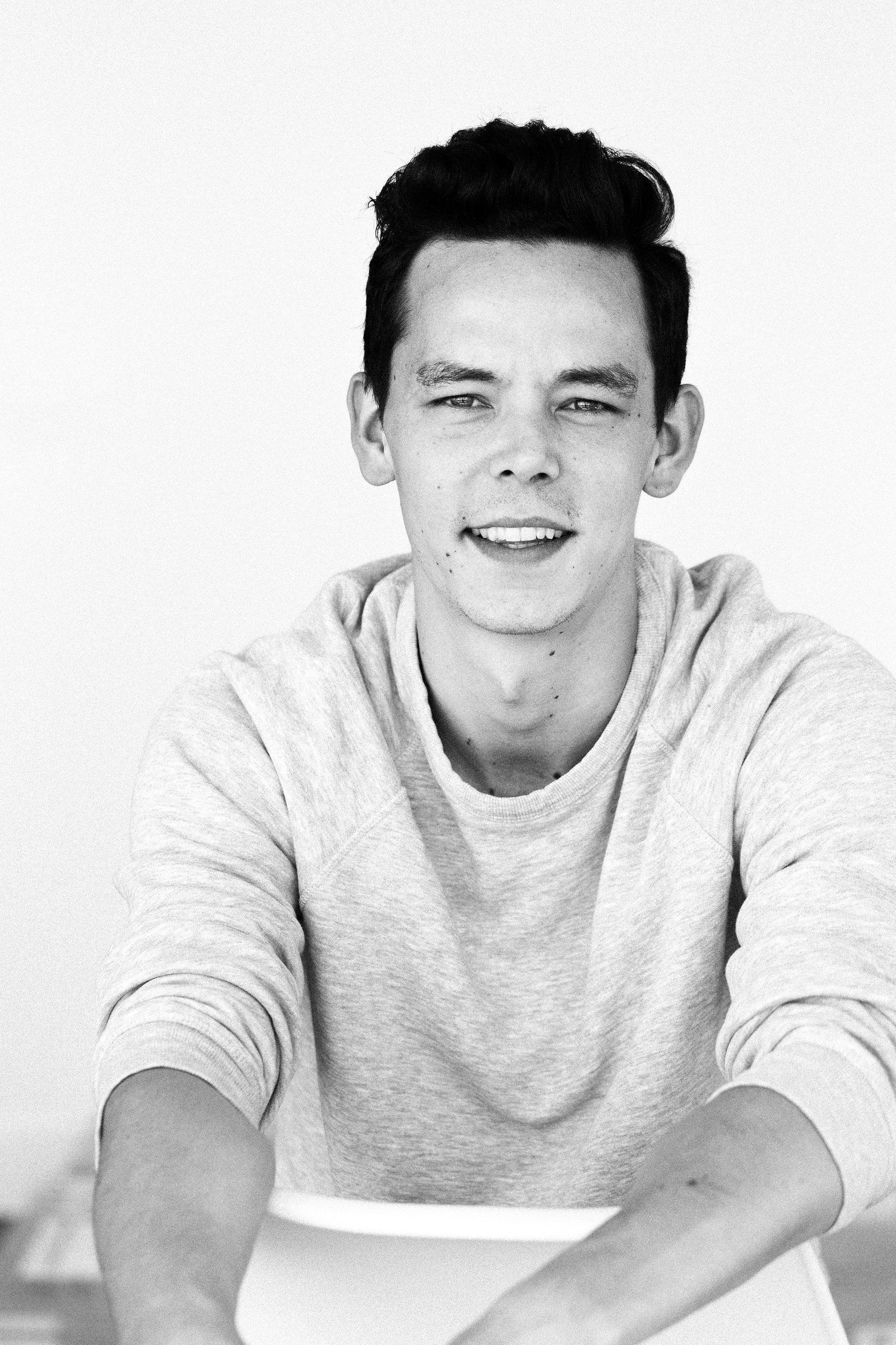
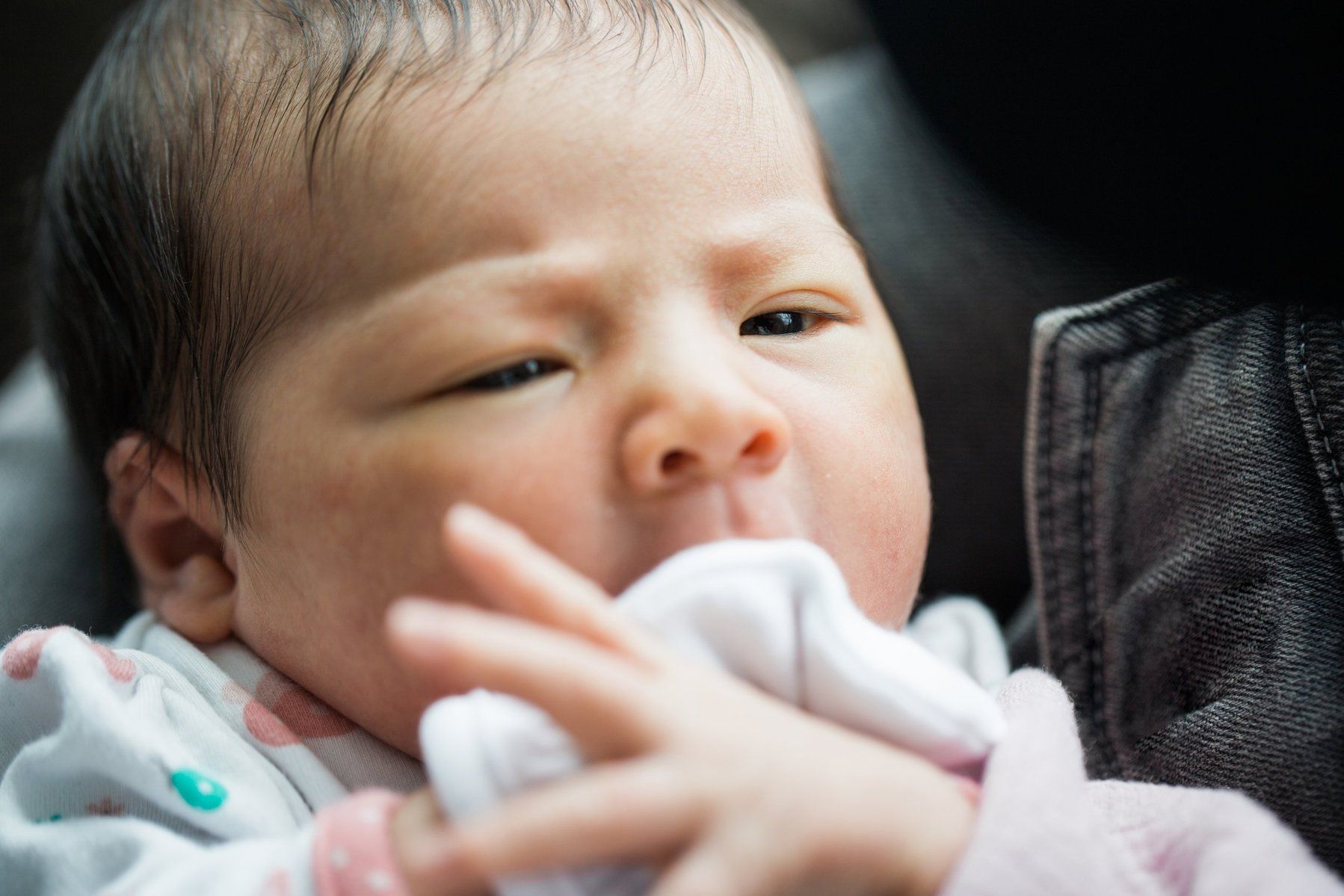
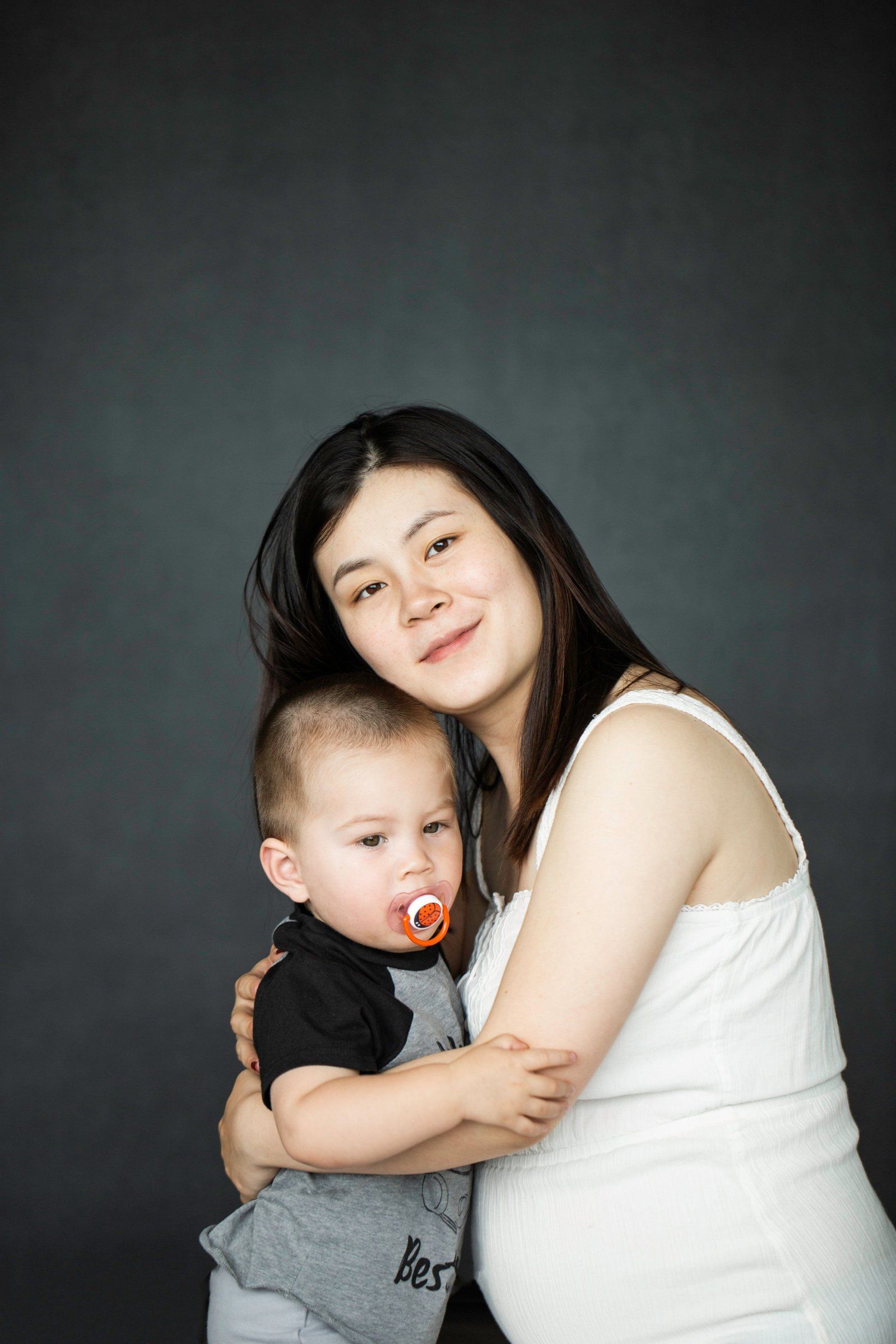
I’ve found that the Canon EF 100mm f/2.8L IS USM Macro lens is a great value for the money, and most would agree that it is one of Canon’s best lenses. It’s incredibly versatile in that it’s well suited for product photography, food, portraits, beauty, headshots, macro, events, and more. As I expand my lens collection, I know I will always keep this one in my bag because of the unique perspective it provides.



